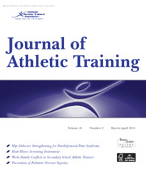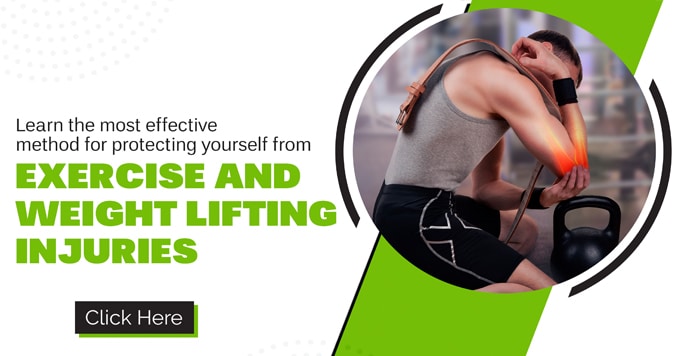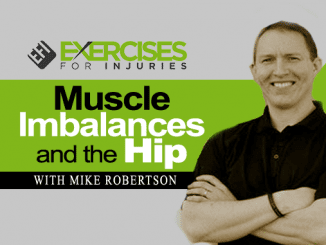
I don’t know why I like doing these research reviews so much like Muscle Imbalances.
It’s always beneficial to learn something new, or it confirms my actions.
I try to break them down for you so they are easier to understand and you can get the take-home message from them.
For those that want a lot more detail, I have included the reference so you can read the original article.
Let’s get to the research.
Do Elite Athletes Have Muscle Imbalances?
What They Looked At:
They looked to see if elite athletes performing team or individual sports had muscle imbalances. They looked to see if they did with the MIR investigation.
What Did They Find?
Researchers discovered a variety of muscle imbalances in the trunk and pelvic regions. They believe muscle imbalances may be responsible for athletes’ injuries. They suggested that each sport must be looked at to determine what muscle imbalances are expected and what specific muscle rehabilitation can and needs to be done.
So What?
These imbalances may be detrimental to performance or lead to injury, but it is difficult to say whether they are necessary to excel in their sport.
It is excellent that the concept of muscle imbalances is being discussed more and more, even in research papers.
I wish I had more to say, but I could not get the full journal article as it was still being processed. I look forward to getting it soon enough.
Interestingly, they identified muscle imbalances using MRI; I had never heard of this before.
Where to get more information: Franettovich M, Hides J, Mendis MD, Littleworth H. Muscle imbalance among elite athletes. Br J Sports Med. 2011 Apr;45(4):348-9.
Is a Single-Leg Squat a Good Indicator of How Your Hip Functions?
 What They Looked At:
What They Looked At:
The researchers wanted to see if a single-leg squat was an excellent tool to determine poor hip muscle function because lately, the focus of addressing knee pain has been by focusing on the hip. They felt that people that performed better on a single leg squat would have an earlier onset of gluteus medius activity, greater lateral trunk strength, greater hip abduction strength, and greater external rotation strength.
A group of 34 subjects was studied using EMG to measure the hip muscle activity of five people when performing a single-leg squat.
What Did They Find?
They determined that a single-leg squat is an excellent tool to determine if someone has poor hip muscle function.
So What?
I have used the single-leg squat for an assessment for a long time and use it in the Core Stability of the Hip program.
It just highlights that getting your client to do a single-leg squat is essential and will give you a good idea of what you need to focus on in your exercise program. If you or your client perform poorly on a single-leg squat, you will need to work on gluteus medius, lateral trunk, hip abduction, and external rotation strength.
Performance on the single-leg squat task indicates hip abductor muscle function. Am J Sports Med. 2011 Apr;39(4):866-73. Epub 2011 Feb 18. Where to get more information: Crossley KM, Zhang WJ, Schache AG, Bryant A, Cowan SM.
What is a Good Test for the Core?
What They Looked At:

Excellent Points:
– “Trunk musculature absorbs, produces, and transports multidirectional forces to and from the upper and lower extremities by maintaining a balance of stability and mobility.”
– “Researchers have hypothesized that defects in muscular capability (power, strength, endurance) and motor control (amplitude, timing) lead to poor trunk stabilization and can alter the performance or increase injury susceptibility.”
What Did They Find?
The chop and lift is a good power test for dynamic trunk control.
So What?
It’s been a while since I’ve seen the chop and lift around. I haven’t used them very much, but I will now. I will use the two endurance tests to measure directional endurance for the core, but I will add the chop and lift to assess a more dynamic core function.
Always great to take the time to read these research articles.
Where to get more information: Palmer TG, Uhl TL. (2011). Interday reliability of peak muscular power outputs on an isotonic dynamometer and assessment of active trunk control using the chop and lift tests. J Athl Train. 2011 Mar-Apr;46(2):150-9.
That is it for today.
Time to put the papers away and head to work.
Have a great day!
Rick Kaselj, MS






